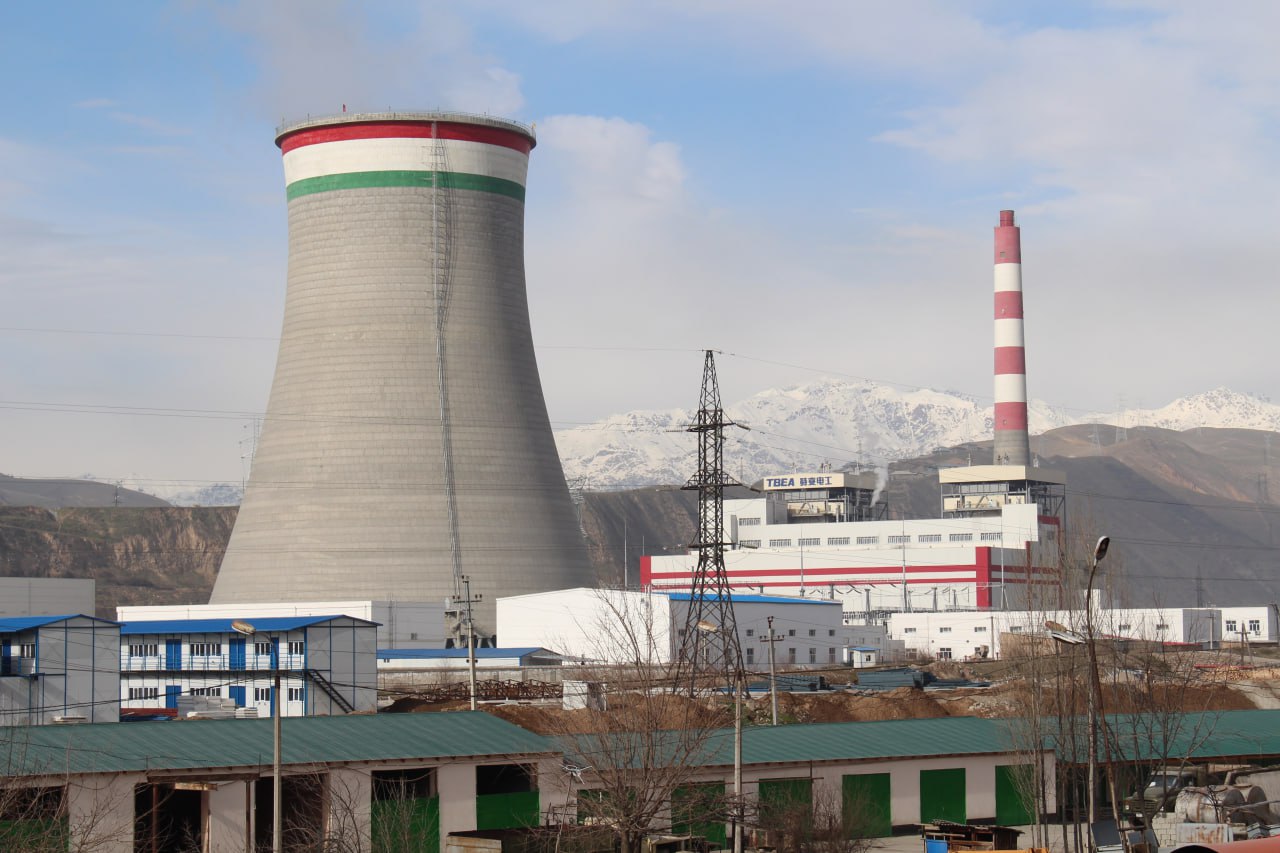Tajikistan has fulfilled its international obligations under the UN Framework Convention on Climate Change and the Paris Agreement by submitting its first biennial report on greenhouse gas emissions accounting for the period 1990–2022.
According to the Agency for Hydrometeorology (Hydromet) of the Committee for Environmental Protection under the Government of Tajikistan, the document covers key economic sectors and includes data on emissions of carbon dioxide (CO₂), methane (CH₄), and nitrous oxide (N₂O).
Greenhouse gas emissions monitoring was conducted in five key sectors:
- Energy -- Emissions of CO₂, CH₄, and N₂O were analyzed;
- Industry -- CO₂ emissions, as well as hydrofluorocarbons and perfluorocarbons, were tracked;
- Agriculture -- Emissions of CO₂, CH₄, and N₂O were accounted for;
- Land use and forestry -- Monitoring covered CO₂ and N₂O emissions;
- Waste management -- Emissions of CO₂, CH₄, and N₂O were analyzed.
Hydromet Deputy Director, Ms. Jamila Baydulloyeva, emphasized that greenhouse gas emissions accounting is a crucial part of Tajikistan's environmental policy. Although the country contributes relatively little to global emissions, it remains vulnerable to the effects of climate change. Notably, Tajikistan has been experiencing rapid glacier melting, with over 1,000 glaciers disappearing over the past 30 years.
In his address to a joint meeting of both chamber of parliament on December 28, 2024, President Emomali Rahmon stressed the need to develop green energy and reduce greenhouse gas emissions. By 2037, Tajikistan aims to cut its emissions in half.
Hydromet highlighted that this climate transparency report is a significant achievement for the country. It demonstrates Tajikistan's commitment to international environmental standards and helps develop more effective strategies for reducing its carbon footprint. Such initiatives contribute to shaping responsible environmental policies and promoting sustainable development.







